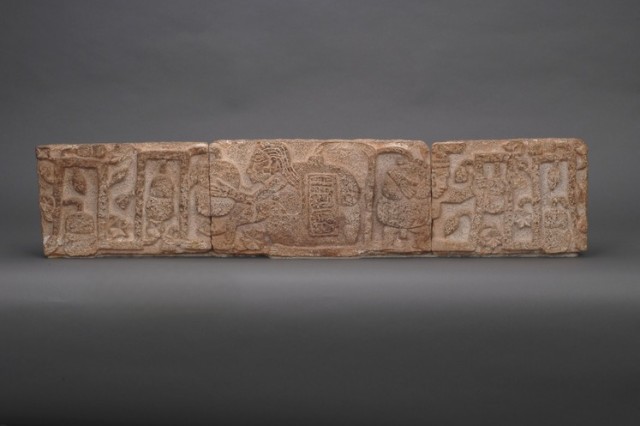
A Virtual Chocolate-y Tour of the Collections
Explore the collections of the Natural History Museum through the lens of chocolate!
In general, our collections have returned to normal operations, including hosting visitors and making loans. Collections visitors may be required to comply with L.A. County, museum-wide, or department-specific protocols to ensure safety. If you are requesting a loan, depending on the current situation, you may be asked about the operational status of your home institution, the delivery of packages, and the storage of specimens in the event of a shutdown or lockdown. We hope these steps will help keep our staff, you, and our collections safe.
We support our own and the rest of the world’s scholars by building and preserving an archive of objects, artifacts, and specimens from the natural world and human cultures, across the whole globe and from the present to billions of years ago. Our collections support current research and await future research uses no one has even thought of yet.
Sometimes we also use these objects, artifacts, and specimens in support of exhibitions and public programming, and visitors can see some of them on display, but those are not the primary purpose for the research collection. It is an ever-growing record of nature and culture for anyone to use to better understand our world.

